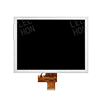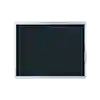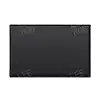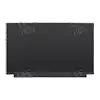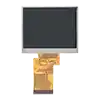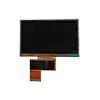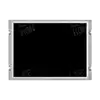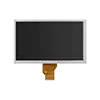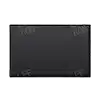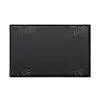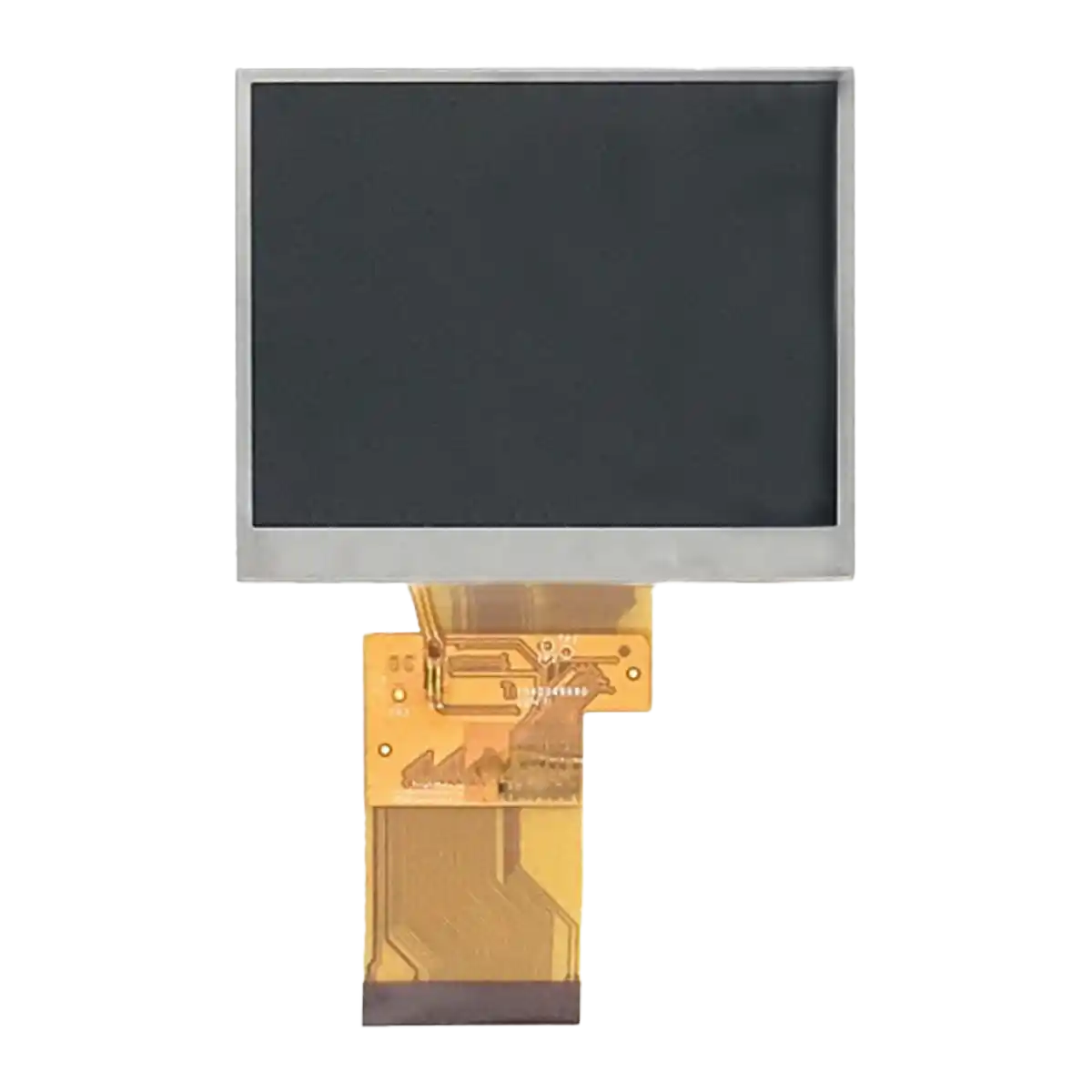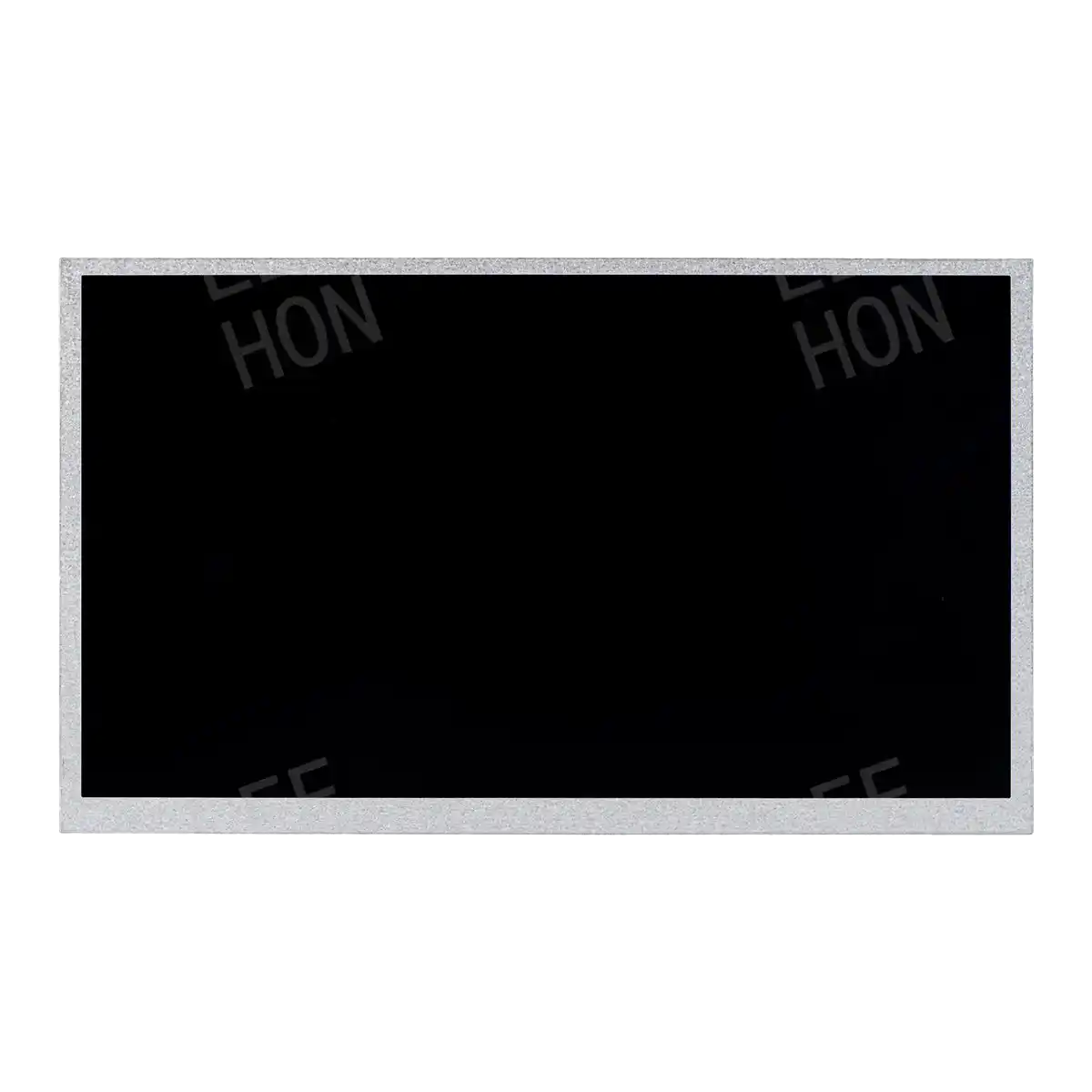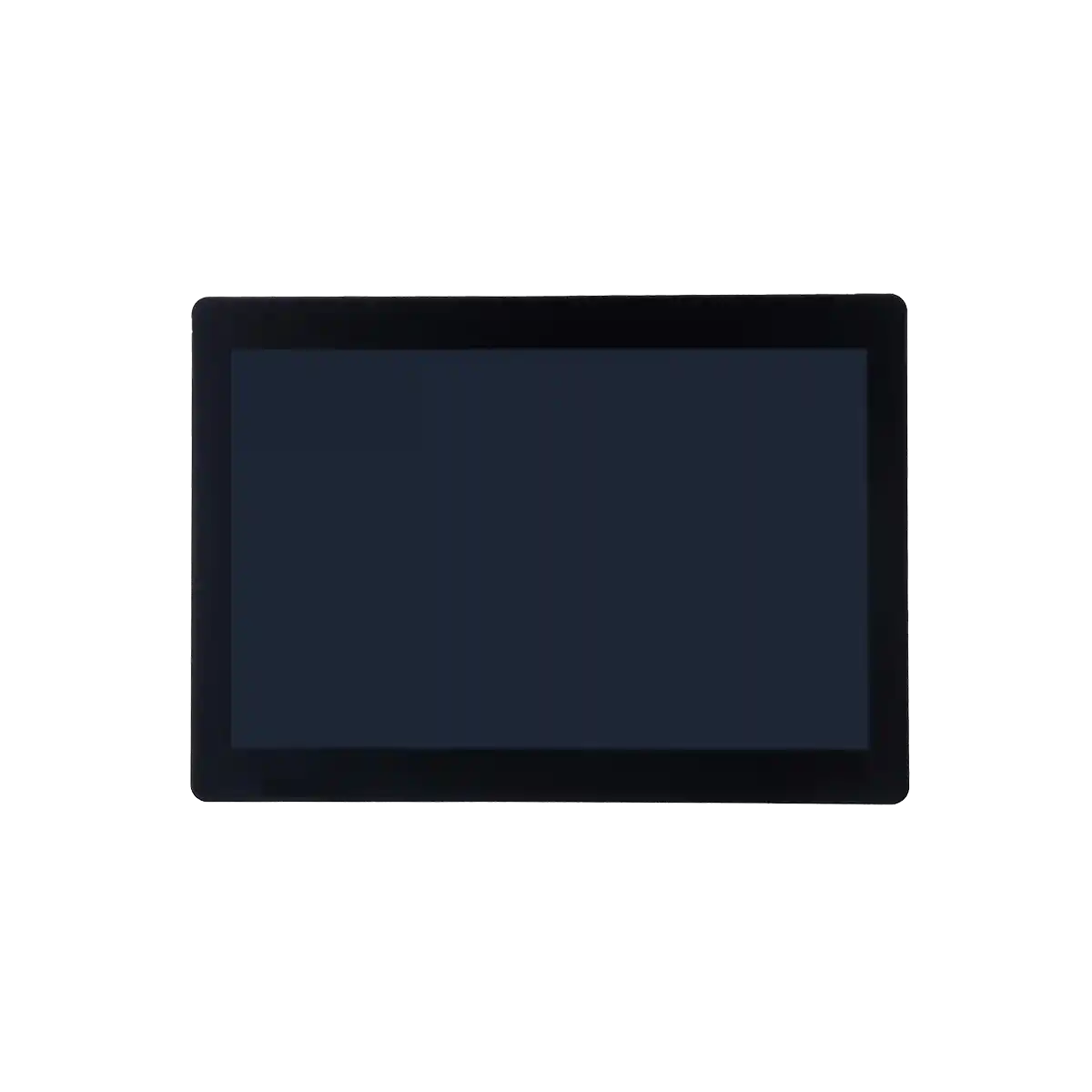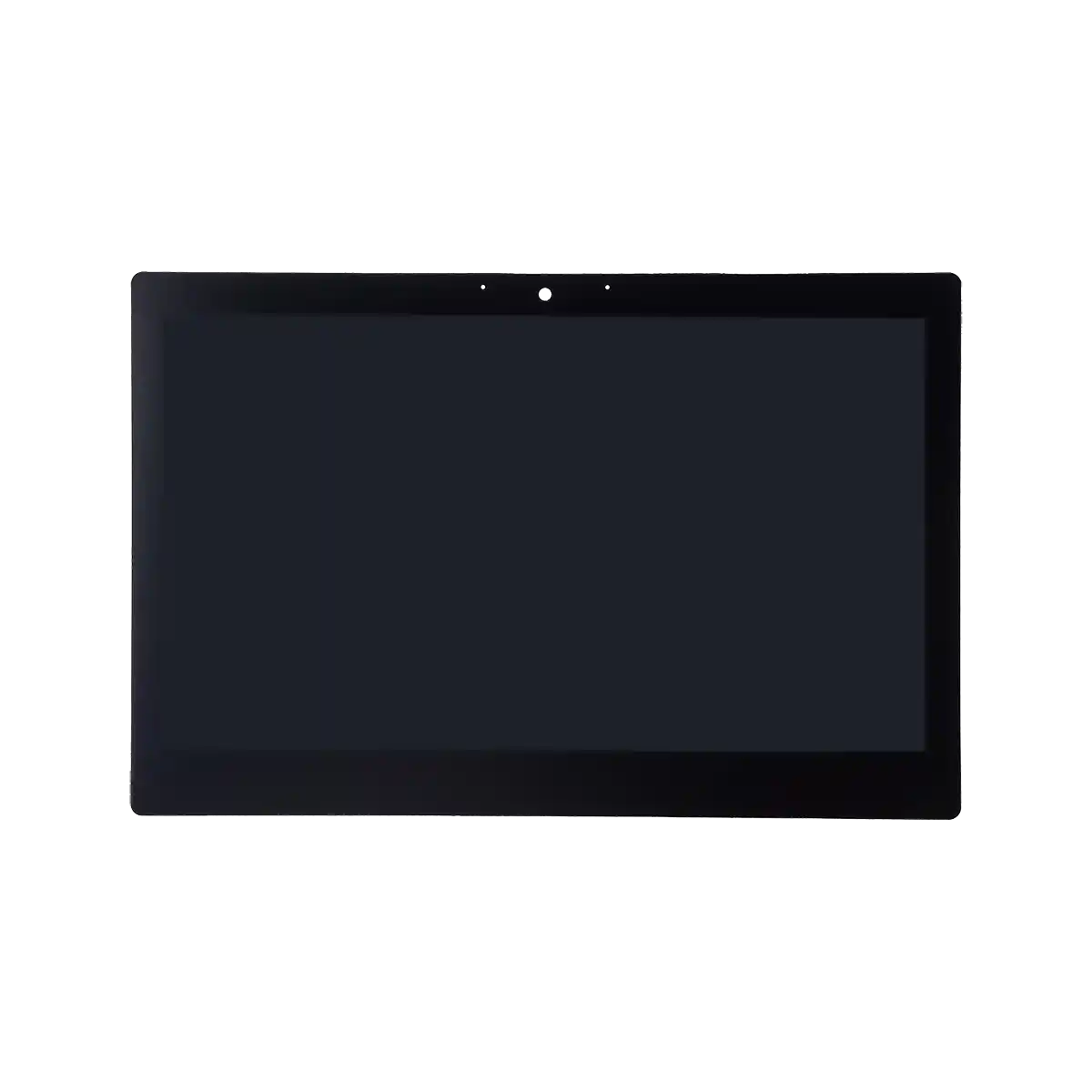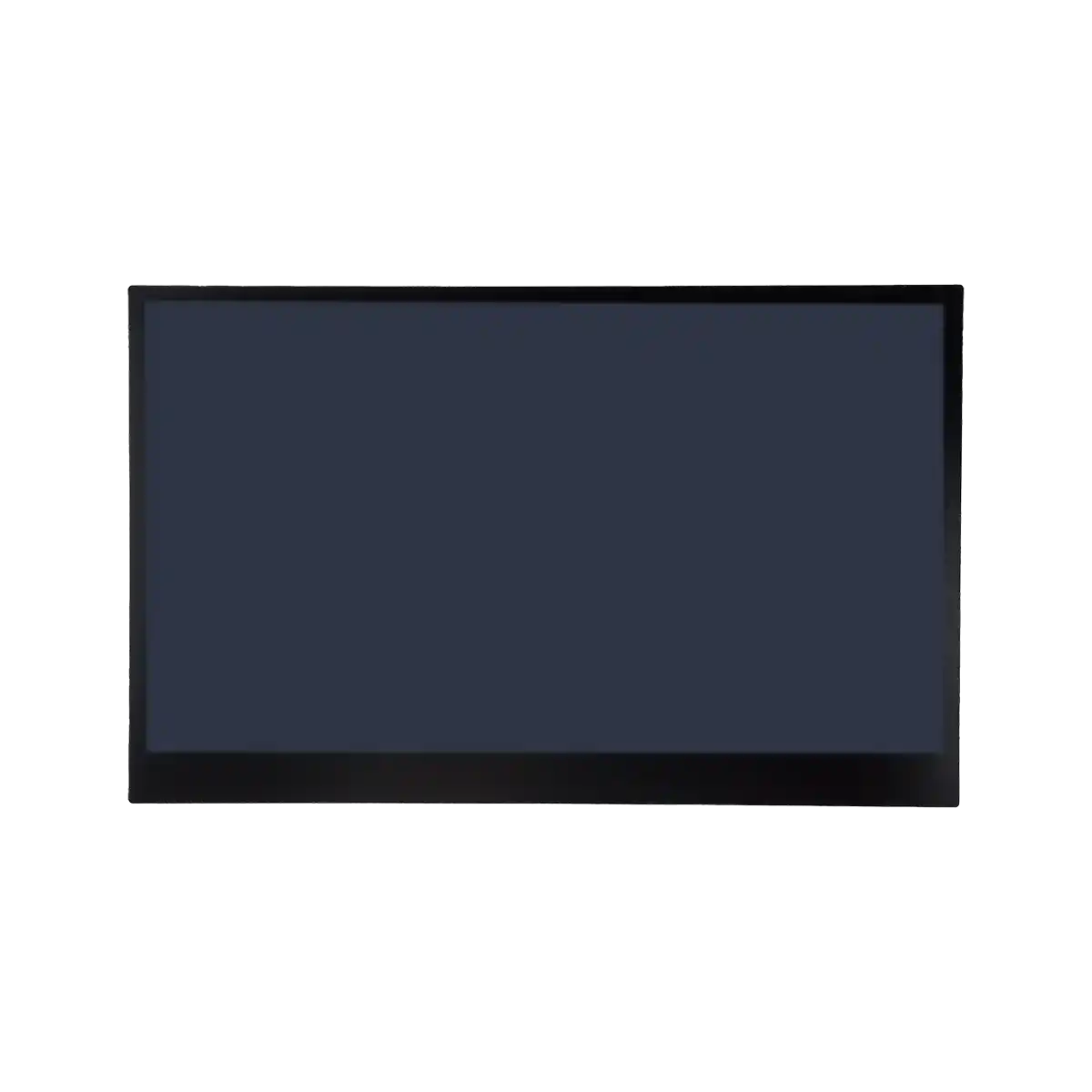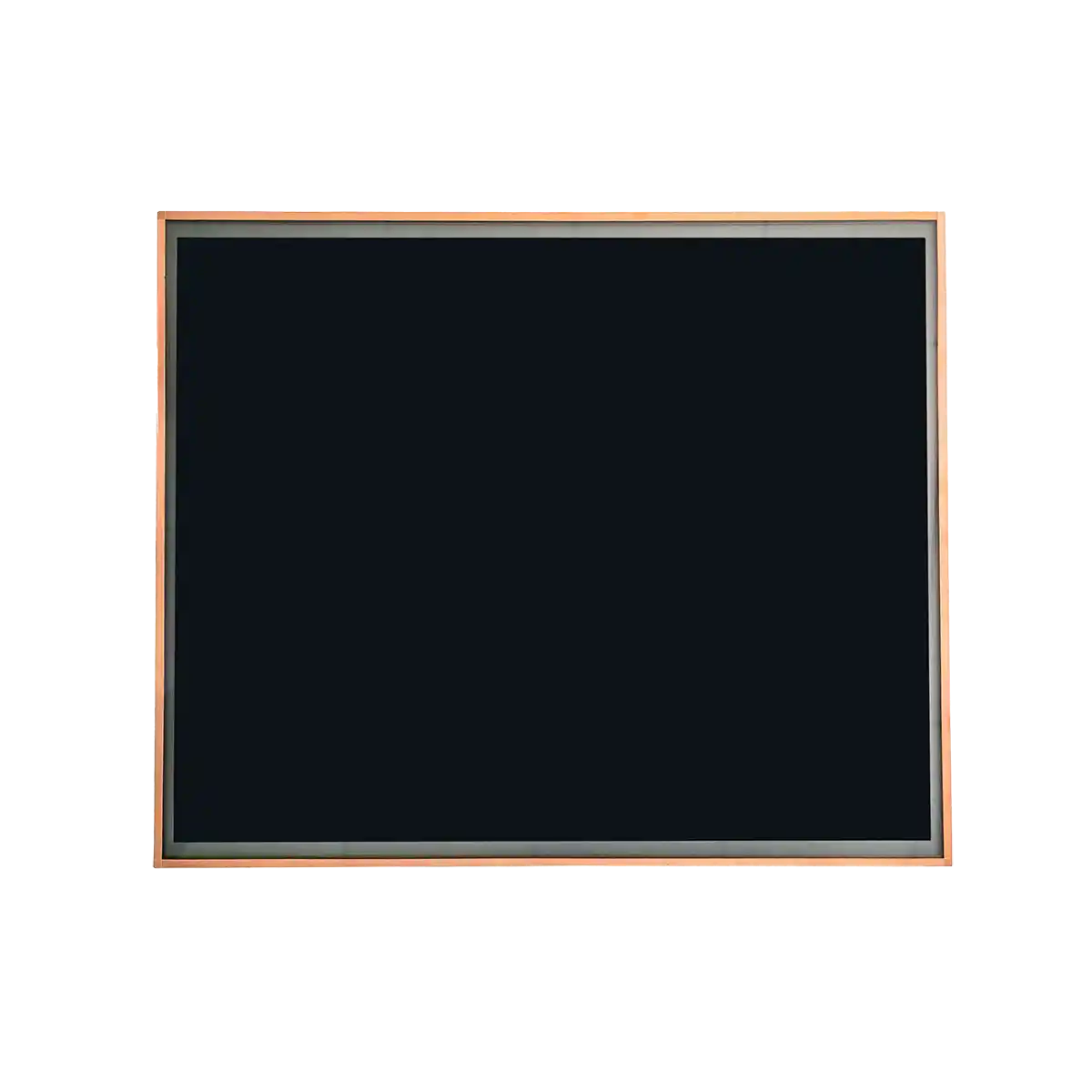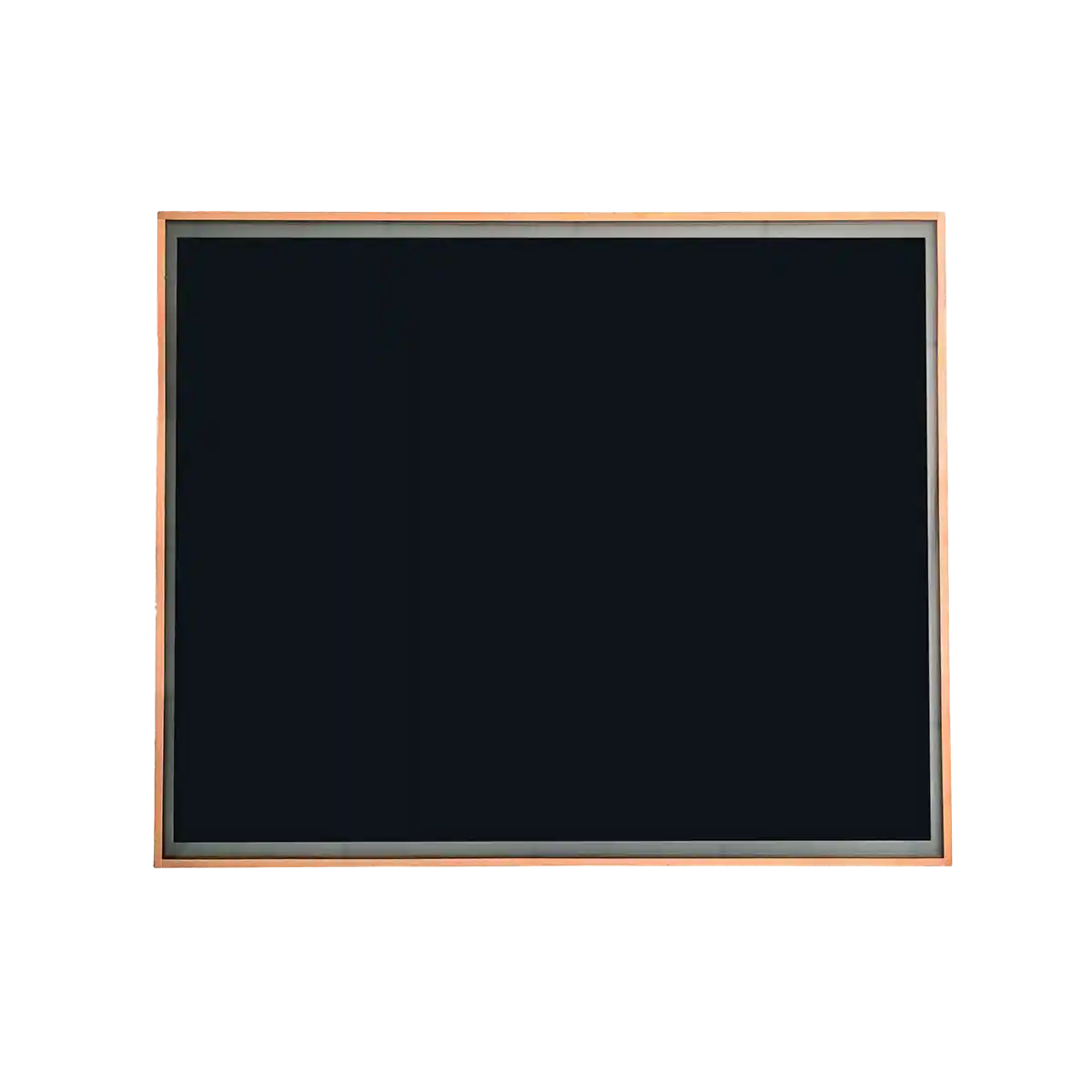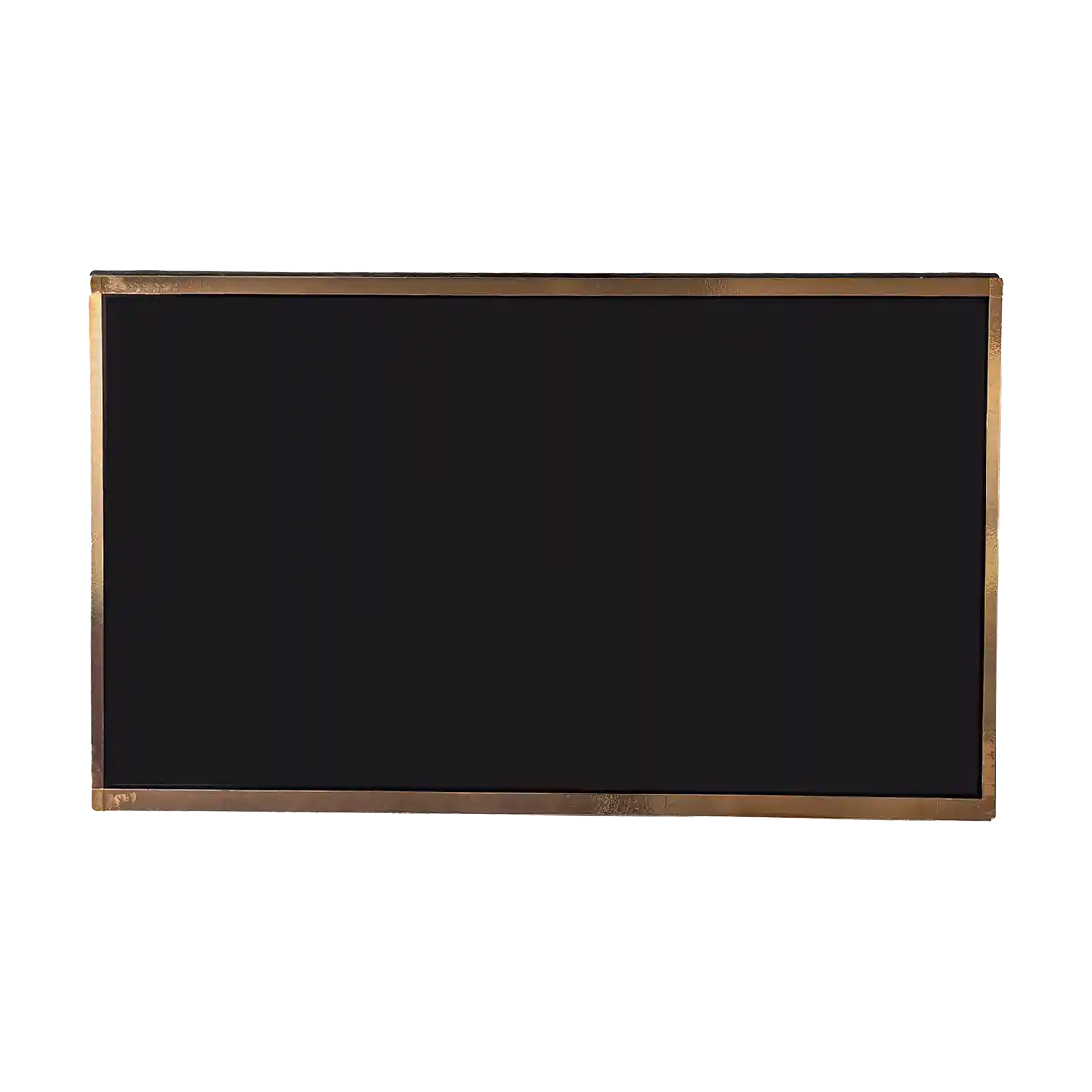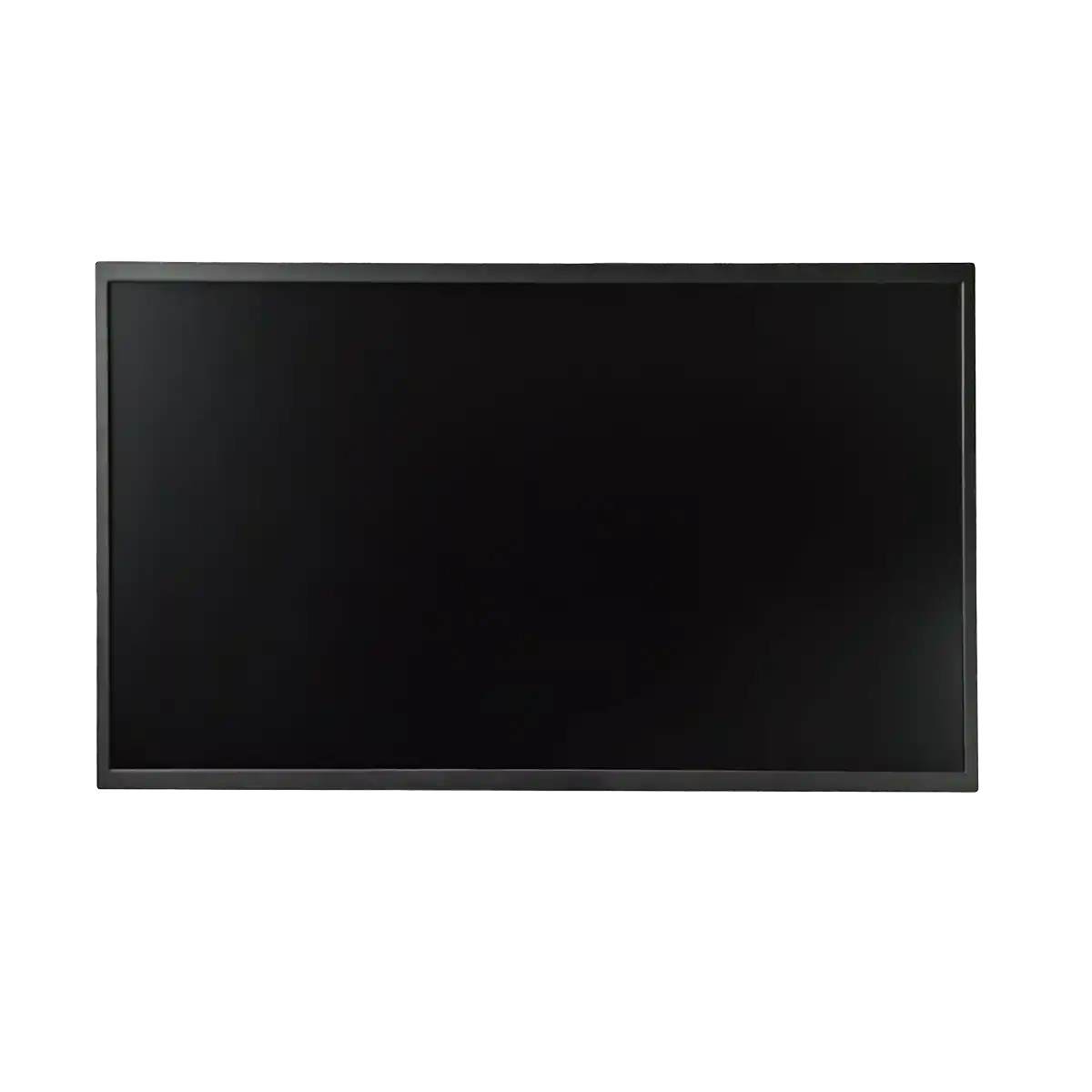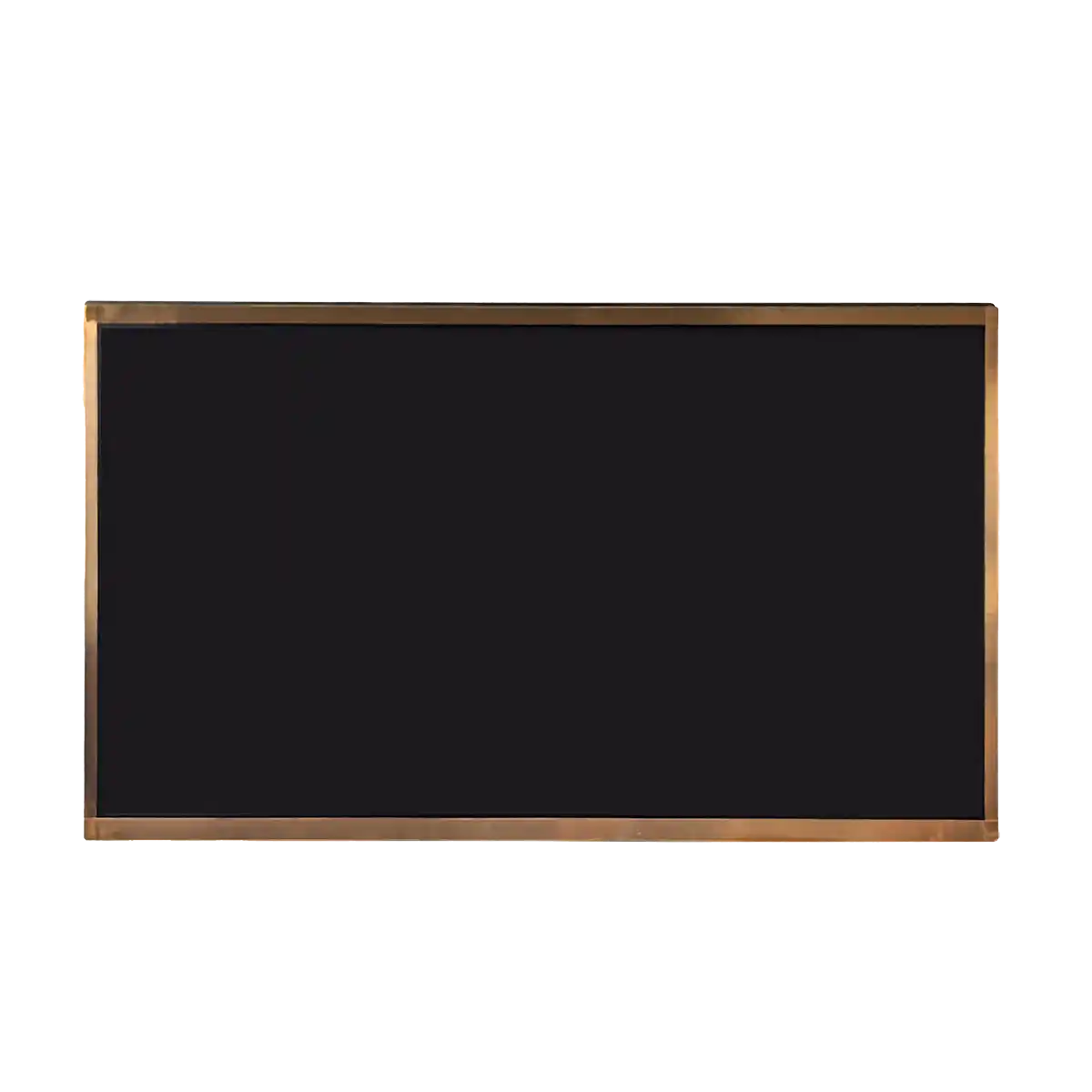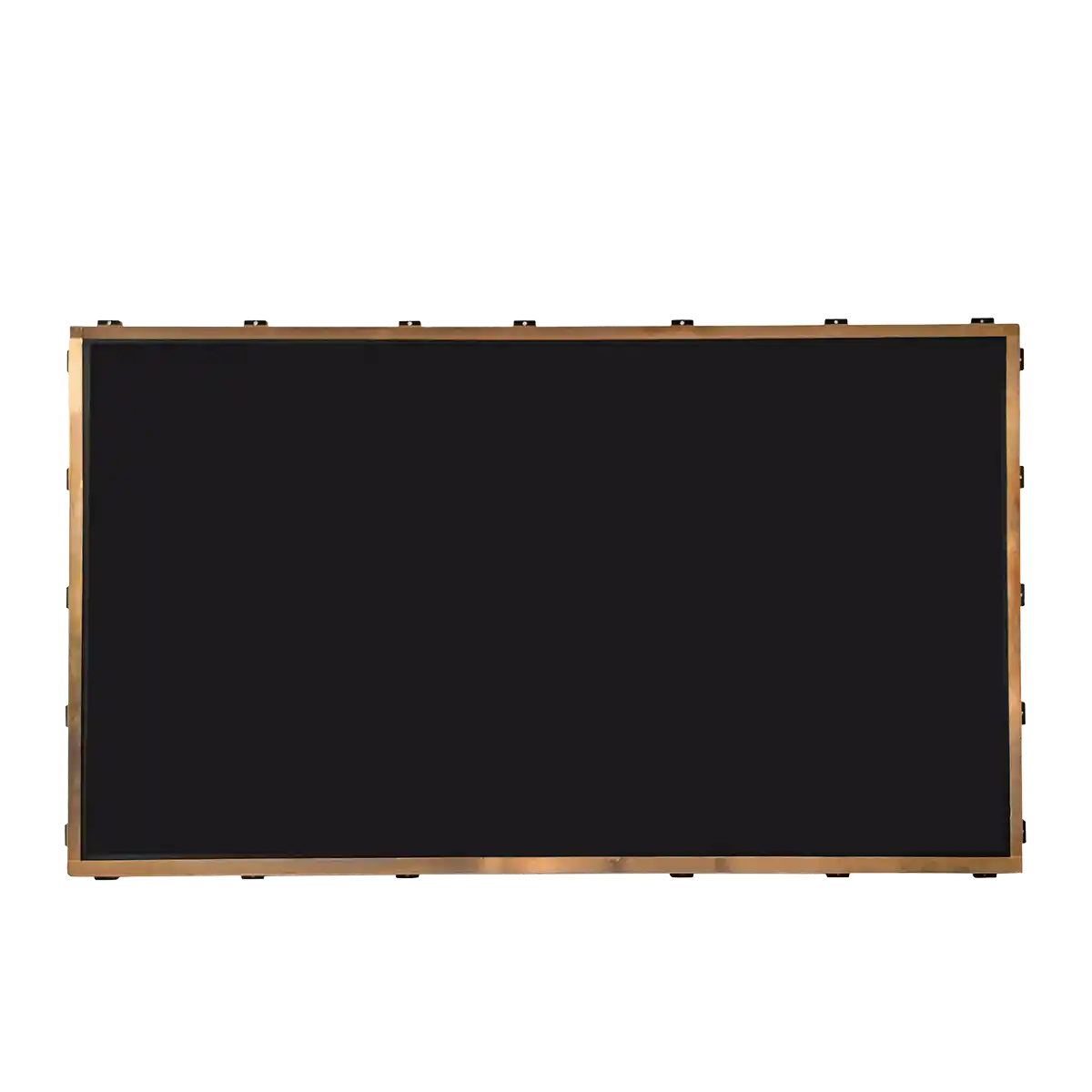The Evolution of Industrial LCD Screens: From Early Models to Current Technology
Introduction
The journey of Industrial LCD Screens has been a testament to the relentless pursuit of innovation in the field of display technology. As a pivotal element in the control and monitoring systems of various industries, these screens have undergone significant evolutions over the years. In this article, I will take you through the historical development of industrial LCD screens, from their early models to the sophisticated technology that defines them today. Each step of this evolutionary process will be explored with a focus on the technological advancements and the specific needs of the industries they serve.

Body
1. Early Models and Fundamentals: The LCD, or Liquid Crystal Display, was invented in the late 1960s and early 1970s. The fundamental principle behind an LCD is the manipulation of liquid crystals, which have the ability to block or allow light passage when subjected to an electric field. Early industrial LCD screens were rudimentary, with limited capabilities in terms of resolution and color reproduction. They were primarily used for text and simple graphics, serving as basic indicators or status displays.
2. Advancements in Technology: Over time, significant strides were made in the technology behind industrial LCD screens. The introduction of Thin Film Transistor (TFT) technology in the 1980s allowed for the creation of more complex displays with improved image quality and color. This development was crucial for industrial applications, where clear and detailed visual information is paramount.
3. Durability and Environmental Adaptation: As industrial environments are often harsh, with exposure to extreme temperatures, dust, and moisture, the evolution of industrial LCD screens included enhancements in durability and environmental resistance. The use of chemically strengthened glass and sealed enclosures, conforming to various IP (Ingress Protection) ratings, ensured that these screens could withstand the challenges of industrial settings.
4. Touchscreen Integration: The integration of touchscreen technology into industrial LCD screens marked another significant milestone. This advancement allowed for more interactive and user-friendly interfaces, with the ability to operate machinery and systems through direct touch. The development of resistive and capacitive touchscreens, along with the more recent projective capacitive technology, has greatly enhanced the functionality of these screens.
5. Brightness and Contrast Improvements: To ensure visibility under various lighting conditions, industrial LCD screens have been engineered with higher brightness levels and improved contrast ratios. This has been essential for outdoor applications or areas with high ambient light.
6. Software and Customization: With the evolution of software tools, industrial LCD screens have become highly customizable. Manufacturers can now develop specific interfaces that cater to the unique needs of their machinery and processes, allowing for the display of complex data and control systems.
7. Energy Efficiency and Longevity: As industries become more environmentally conscious, the development of energy-efficient industrial LCD screens has become a priority. These screens are designed to consume less power while maintaining high performance, contributing to the overall sustainability of industrial operations.
Conclusion
The evolution of industrial LCD screens has been marked by a continuous drive towards enhancing durability, improving visual quality, and increasing interactivity. From their early days as simple indicators to their current status as sophisticated, multifunctional displays, these screens have become indispensable in modern industrial settings. The future holds further advancements in technology, with a focus on energy efficiency, integration with smart systems, and the development of even more resilient and user-friendly interfaces.
Further Exploration
For those eager to delve deeper into the subject, several areas of further exploration present themselves:
1. Materials Science: The ongoing research into new materials for LCD screens, such as advanced polymers and nano-materials, could lead to even greater durability and flexibility in industrial applications.
2. Display Resolution: The pursuit of higher resolutions for industrial LCD screens will continue, providing even clearer images and more detailed data representation.
3. Integration with AI and Machine Learning: The integration of artificial intelligence and machine learning algorithms with industrial LCD screens could lead to predictive maintenance, automated process control, and enhanced decision-making support systems.
4. Haptic Feedback and Advanced Interaction: The development of haptic feedback technologies could revolutionize the way users interact with industrial LCD screens, providing tactile responses and improving the overall user experience.
5. Sustainability and Lifecycle Management: As industries increasingly prioritize sustainability, the lifecycle management of industrial LCD screens, from manufacturing to end-of-life recycling, will become a critical area of focus.
The evolution of industrial LCD screens is a story of human ingenuity and the relentless pursuit of technological excellence. As we stand on the cusp of new discoveries and innovations, the future of industrial LCD screens promises to be as bright and dynamic as the displays themselves.
Recommended Articles
-
Are the displays in Tesla's Cyb
2024-12-10 -
Interpretation Report on AUO's
2024-12-05 -
ADS Pro: The Future of Display
2024-12-04 -
The Trajectory of South Korea's
2024-12-04 -
Practical Applications of Indus
2024-09-26 -
Hangzhou LEEHON Technology supp
2024-09-14 -
How to Check for Issues in Indu
2024-09-11 -
How does an LCD screen find ind
2024-09-11 -
What is the difference between
2024-09-11 -
In-depth analysis of the develo
2024-09-10


